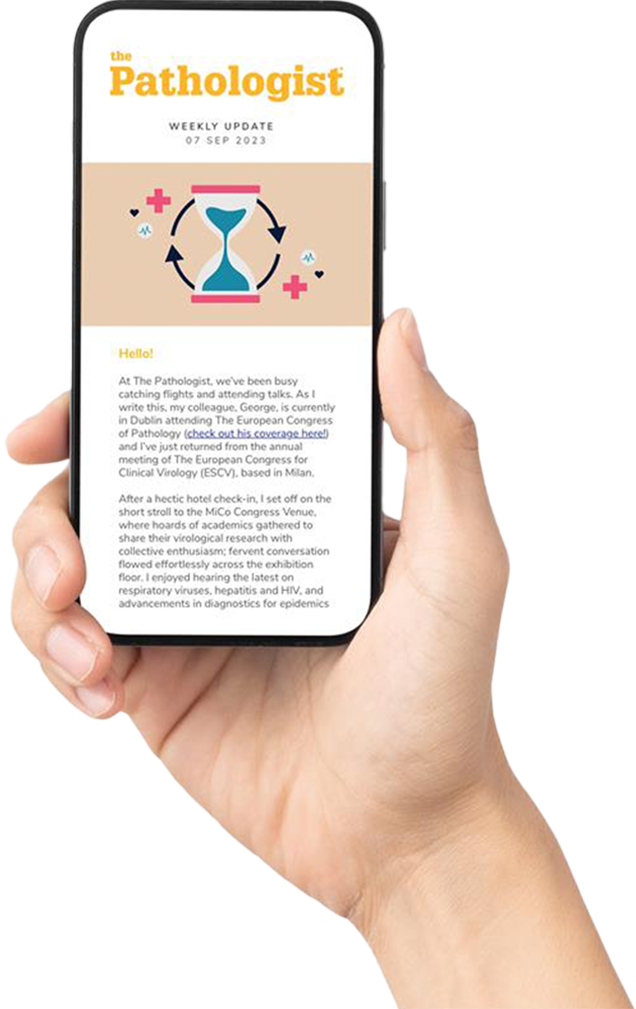The International Society for Clinical Spectroscopy (CLIRSPEC) celebrates its 10th anniversary by reflecting on advancements in clinical spectroscopy, such as quantum cascade laser imaging and AI integration in spectral pathology. Key improvements include liquid biopsy diagnostics and intraoperative tumor margin detection. However, the field faces challenges like demonstrating clinical utility, adapting to hospital workflows, and securing funding for validation. Insights from Peter Gardner highlight the importance of combining technology advances and data analysis in clinical applications.
False
Explore More in Pathology
Dive deeper into the world of pathology. Explore the latest articles, case studies, expert insights, and groundbreaking research.
False
Advertisement
Recommended
False
